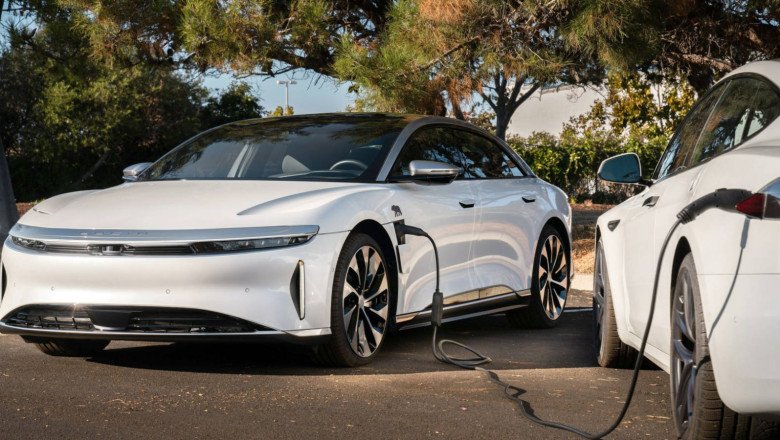
views
Electric vehicles (EVs) have become extremely popular in recent times. They are gradually becoming a reliable and sustainable alternative mobility to ICE vehicles. In this week’s guide to automotive terms, we will list some of the important questions asked about the EV battery and its BMS (Battery Management System).
In an electric vehicle (EV), the battery plays the crucial role of storing and supplying the electrical energy that powers the entire vehicle. It’s like the gas tank in a gasoline car, but instead of holding flammable liquid, it holds electricity in the form of chemical energy.
Electric vehicles (EVs) typically use one or a combination of several types of batteries to store electrical energy for powering the vehicle. Here are some of the most common types:
A battery pack in an EV consists of multiple individual battery cells organized and connected together to provide the necessary voltage and energy capacity to power the vehicle. Read this linked article to know how to increase the lifespan of an EV battery.
Battery packs in EVs are typically cooled using liquid cooling or air cooling systems to maintain optimal operating temperatures and prevent overheating, which can degrade battery performance and lifespan.
Here is a detailed comparison of EV vs ICE cars involved in a crash.
Read this linked article for tips to extract maximum range from your EV.
The battery pack connects to the electric motor through high-voltage cables and an inverter. The inverter converts the battery’s direct current (DC) into alternating current (AC) needed by the motor.
A power control unit regulates the flow of electricity from the battery to the motor, controlling the vehicle’s speed and performance.
EV batteries are recycled through processes that involve dismantling, shredding, and separating their components (such as metals and electrolytes). The recovered materials can be reused in new batteries or other applications.
The main battery in an EV powers the vehicle’s propulsion system, while auxiliary batteries are smaller batteries used for ancillary functions such as powering lights, infotainment systems, and auxiliary systems.
A battery management system (BMS) is a crucial component in EVs that monitors and controls various aspects of the battery, including temperature, voltage, and state of charge, to optimize performance, safety, and lifespan.
The State of Charge (SoC) in a battery refers to the current level of stored electrical energy relative to the battery’s maximum capacity. 0% indicates a fully discharged battery and 100% represents a fully charged battery.
Battery packs in electric vehicles (EVs) use different combinations of individual battery cells to meet power and energy requirements:
Those are all the important terminologies involved in an EV battery and BMS. We will be explaining other sections of an electric car in the coming weeks in our weekly guide to automotive terms.
Keep an eye on the DubiCars Blog section for more such guides. Also, if you are new to the Automotive Terminologies guide, we recommend giving the beginner’s guide a read.
Find used electric cars for sale in the UAE and new electric cars for sale in the UAE.
https://dubiblog.dubicars.com/news/ev-battery-bms-guide-to-automotive-terms.html




















Comments
0 comment